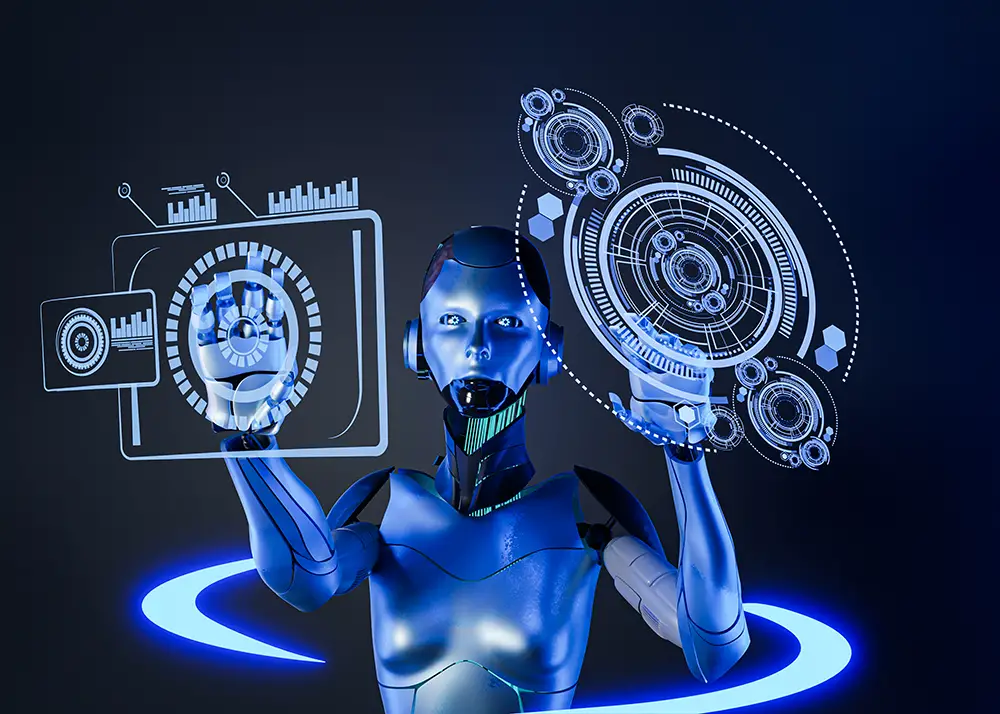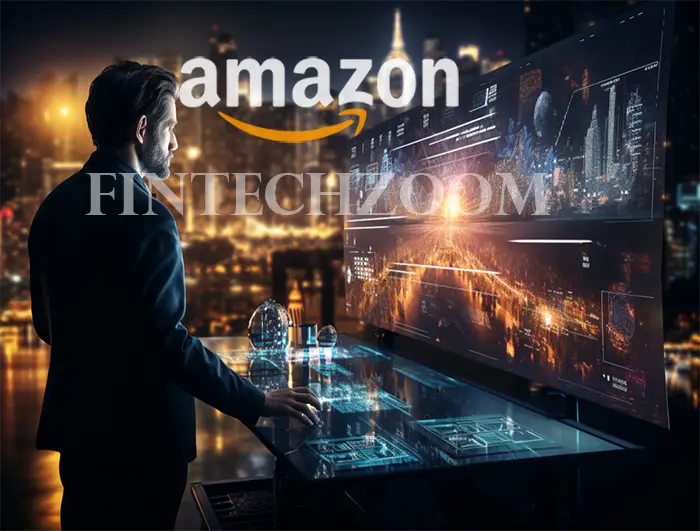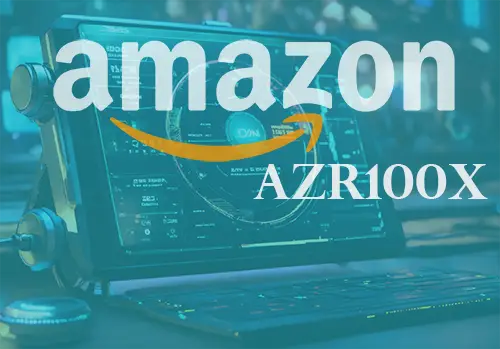Outline of the Article:
- Introduction to the Metaverse
- What is Virtual Reality (VR)?
- The Emergence of the Metaverse
- Key Components of the Metaverse
- Hardware
- Software
- Network Infrastructure
- Industries Impacted by the Metaverse
- Gaming
- Education
- Healthcare
- Entertainment
- Opportunities and Challenges
- Opportunities
- Challenges
- The Social Aspect of the Metaverse
- Security and Privacy Concerns
- The Future of the Metaverse
- Conclusion
- FAQs
Welcome to the future, where reality transcends its physical limitations and expands into the field of the digital Metaverse. With advancements in technology, particularly in Virtual Reality (VR), the concept of the Metaverse is no longer confined to the world of science fiction but is rapidly becoming a tangible reality. Let’s delve into this transformative phenomenon and explore its implications for our future.
1. Introduction to the Metaverse
The Metaverse is a collective virtual shared space, created by the convergence of virtually enhanced physical reality and physically persistent virtual reality, including the sum of all virtual worlds, augmented reality, and the Internet. In simpler terms, it is a digital universe where users can interact with each other and digital objects in real-time, blurring the lines between the physical and virtual worlds.
2. What is Virtual Reality (VR)?
Virtual Reality is a simulated experience that can be similar to or completely different from the real world. It immerses users in a three-dimensional environment generated by a computer, providing a realistic sensory experience, primarily through sight and sound.
3. The Emergence of the Metaverse
The concept of the Metaverse was popularized by Neal Stephenson’s 1992 science fiction novel “Snow Crash,” which depicted a virtual reality-based successor to the internet. Since then, technological advancements have brought us closer to realizing this vision. Companies like Facebook (now Meta Platforms), Microsoft, and Google are investing heavily in VR technologies, laying the groundwork for the development of the Metaverse.
4. Key Components of the Metaverse
Hardware
The hardware required for accessing the Metaverse includes VR headsets, motion controllers, and other peripherals that enable users to immerse themselves in the virtual environment.
Software
Software forms the backbone of the Metaverse, encompassing virtual worlds, social platforms, and applications that facilitate communication, collaboration, and interaction within the digital realm.
Network Infrastructure
A robust network infrastructure is essential for supporting the seamless connectivity and real-time interaction required for the Metaverse to function effectively. High-speed internet connectivity, low-latency networks, and distributed computing resources are crucial components of this infrastructure.
5. Industries Impacted by the Metaverse
The Metaverse has the potential to revolutionize various industries, including:
Gaming
Gaming is poised to be one of the primary drivers of Metaverse adoption, with immersive VR experiences offering unprecedented levels of engagement and interactivity for gamers.
Education
The Metaverse presents new opportunities for immersive and interactive learning experiences, allowing students to explore virtual environments and engage with educational content in innovative ways.
Healthcare
In healthcare, the Metaverse can facilitate remote consultations, medical training simulations, and therapeutic interventions, improving access to healthcare services and enhancing patient outcomes.
Entertainment
From virtual concerts and live events to immersive storytelling experiences, the Metaverse is reshaping the entertainment industry, offering new avenues for content creation and consumption.
6. Opportunities and Challenges
Opportunities
- Economic Growth: The Metaverse represents a burgeoning market with vast economic potential, driving innovation and creating new business opportunities.
- Social Connectivity: It fosters social connections and collaboration on a global scale, transcending geographical boundaries and cultural barriers.
Challenges
- Accessibility: Ensuring equitable access to the Metaverse for all users, regardless of their socioeconomic status or physical abilities, remains a significant challenge.
- Regulatory Issues: Addressing regulatory and legal concerns related to data privacy, intellectual property rights, and online safety is crucial for the responsible development of the Metaverse.
7. The Social Aspect of the Metaverse
The Metaverse has profound implications for social interaction, enabling users to connect, communicate, and collaborate in virtual environments. From virtual meetings and conferences to social gatherings and virtual hangouts, the possibilities for social interaction in the Metaverse are virtually limitless.
8. Security and Privacy Concerns
As the Metaverse becomes increasingly integrated into our daily lives, concerns about security and privacy become paramount. Protecting sensitive personal data, preventing cyberattacks, and ensuring online safety are critical challenges that must be addressed to foster trust and confidence in the Metaverse ecosystem.
9. The Future of the Metaverse
The future of the Metaverse holds immense promise and potential, with transformative implications for society, economy, and culture. As technology continues to evolve, we can expect the Metaverse to become an integral part of our everyday lives, shaping the way we work, learn, play, and interact with one another.
10. Conclusion
In conclusion, the Metaverse represents a paradigm shift in the way we perceive and interact with digital technology. By blurring the boundaries between the physical and virtual worlds, it offers new opportunities for innovation, creativity, and social connection. However, realizing the full potential of the Metaverse will require collaboration, innovation, and responsible governance to address the challenges and opportunities that lie ahead.
11. FAQs
- What distinguishes the Metaverse from virtual reality (VR)?
- While virtual reality (VR) immerses users in a simulated environment, the Metaverse goes beyond individual experiences to create a collective virtual shared space where users can interact with each other and digital objects in real-time.
- How will the Metaverse impact traditional industries?
- The Metaverse has the potential to revolutionize industries such as gaming, education, healthcare, and entertainment by offering immersive and interactive experiences that transcend the limitations of the physical world.
- What are some of the security and privacy concerns associated with the Metaverse?
- Security and privacy concerns in the Metaverse include protecting sensitive personal data, preventing cyberattacks, and ensuring online safety for users, particularly in virtual social environments.
- How can the Metaverse promote social connectivity?
- The Metaverse enables users to connect, communicate, and collaborate in virtual environments, fostering social interactions on a global scale through virtual meetings, social gatherings, and collaborative projects.
- What does the future hold for the Metaverse?
- The future of the Metaverse holds immense promise and potential, with transformative implications for society, economy, and culture. As technology continues to evolve, we can expect the Metaverse to become an integral part of our everyday lives, shaping the way we work, learn, play, and interact with one another.



